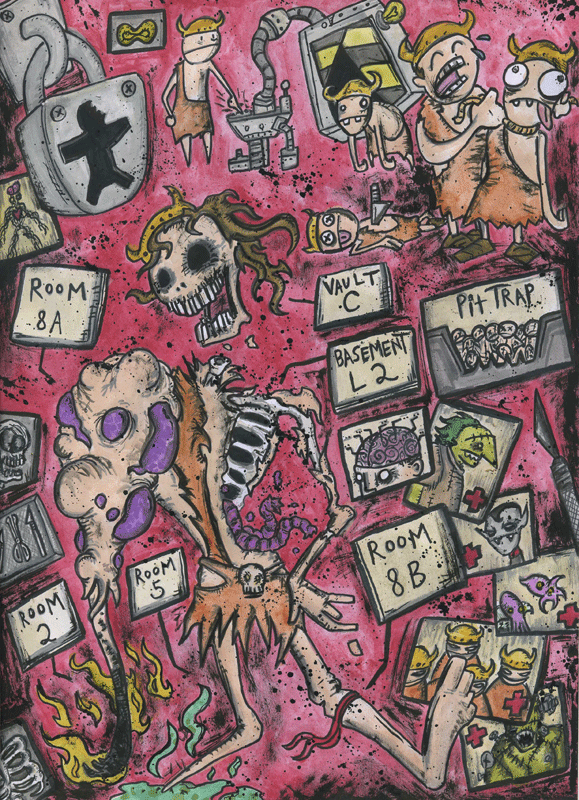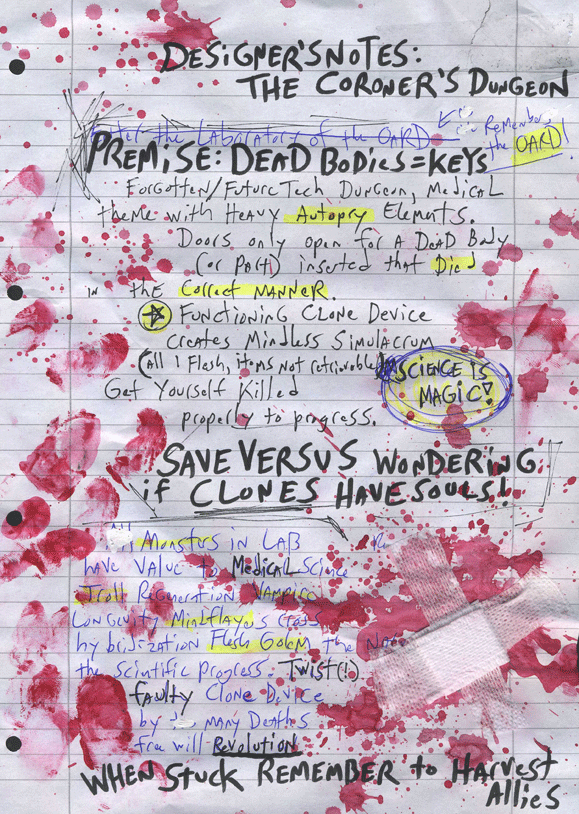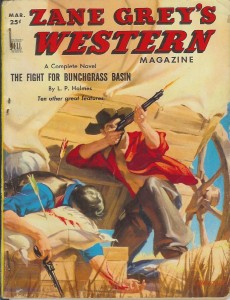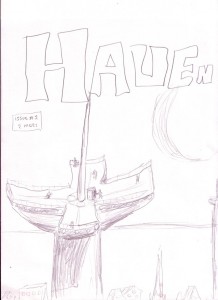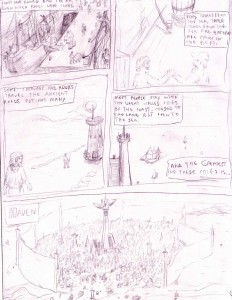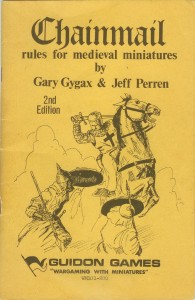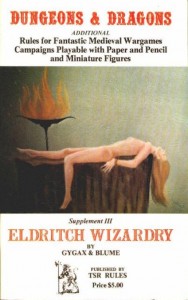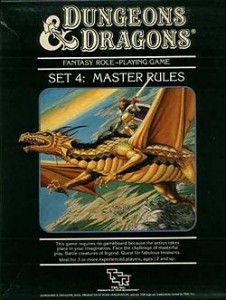| In this post, I use Mediterranean history to create charts that randomly generate plausible history. If you want to skip the numbercrunching, here are the charts:
1: Each century, for each already-existing empire, roll 1d4:
1-3: It continues to be important.
4: It dissolves or becomes unimportant.
2: How many new empires arose this century? Roll 1d6.
1-2: 0
3: 1
4: 2
5-6: 1d4 |
What does a plausible fantasy history look like? In order to feel familiar, it should avoid the monolithic extremes of 30,000 years of barbarism of Isaac Asimov’s Foundation and the 1000 generations of peace of Star Wars’ Old Republic. Better to stick to something more like Earth history: constantly changing borders as competing empires rise and fall. Not only does this feel more realistic, it lends itself better to D&D play. A big pool of fallen-empires-of-the-week provides diverse dungeons and treasure.
I decided that, to better determine what imperial histories look like, I’d count up a representative sample of Earth empires: How many exist side-by-side, and how often do they arise? From there, I could extrapolate random charts to generate my own game worlds. I limited myself to the Mediterranean from 500 BC to 1500 AD (after iron and before the New World). This is a manageable piece of the world. The Mediterranean is fairly easy to travel, so co-existing empires can interact. Furthermore, it provides the history many of us are familiar with.
Empires of the Mediterranean, 500 BC to 1500 AC
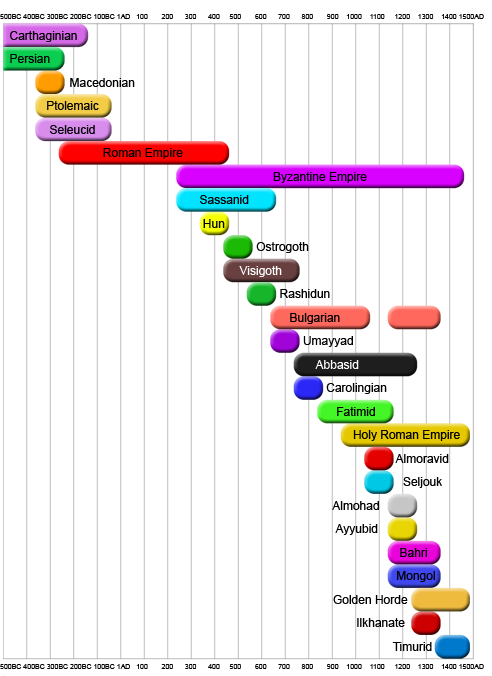
(A lot of data is from http://en.wikipedia.org/wiki/List_of_largest_empires. Specific dates are arguable, but I’m just trying to get a rough count here.)
How long do empires last?
It looks like empires have a half-life of a little more than 200 years: of the 27 Mediterranean empires, half (14) are dead after 200 years, 8 more after another 200, and 4 more after another 200. Only the Byzantine empire defies the odds for 1200 years. You’d be pretty close to accurate if you said that each empire has a 3 in 4 chance of surviving each century.
How often do empires start?
In the 21 century-marks I examine, 7 see the birth of 0 empires, 6 see 1, 5 see 2, 2 see 3, and one exciting century (1200) sees 4 empires arise. Here’s a d6 chart that models that pretty closely.
1-2: 0 new empires
3: 1
4: 2
5-6: 1d4
How big is each empire?
That’s extremely variable, even over the course of a single empire’s lifetime. Most empires reach their height around the middle. The Macedonian empire started small, conquered all of the Mediterranean overnight, and then shrunk again. The Bulgarian empire, on the other hand, is donut-shaped: it started at a decent size, disappeared briefly when it was conquered by the Byzantines, and then re-established itself. Therefore, I won’t make any dice charts for this one. Look at your campaign map and see what fits where. Generally, if an empire shares the world with many rivals, it’s probably smaller, and if it’s alone, it probably spans the known world.
The final empire-building model:
For every 100 years of ancient history, roll on the following tables.
1: Each century, for each already-existing empire, roll 1d4:
1-3: It continues to be important.
4: It dissolves or becomes unimportant.
2: How many new empires arose this century? Roll 1d6.
1-2: 0
3: 1
4: 2
5-6: 1d4
Differences between the Mediterranean and your campaign world: Monsters and magic!
Your campaign world is probably wilder than ancient and medieval Mediterranean, which should reduce the rise of empires. On the other hand, magic increases each country’s logistic and military might. People must compete for land with monsters, which reduces their imperial resources – but on the other hand, monsters can start their own empires. Let’s say that these opposing factors cancel out. Just make sure that a few of your empires are ruled by demi-humans, humanoids, or monsters. In my campaign world, I’d expect humans to be the major empire-builders. Obviously I have no real-world numbercrunching to do here, so I will just make up an extra, top-of-my-head d6 chart:
Who rules each new empire? Roll 1d6 for each new empire.
1-4: human
5: humanoid or demihuman (orc, elf, etc)
6: monster (vampire, lich, etc)
OR you can just play a game of Small World.
Edit: Gallowglas wrote a sweet random empire generator using these rules. I tried it a few times, and it works great, and I saw some interesting history unfold! Thanks!

